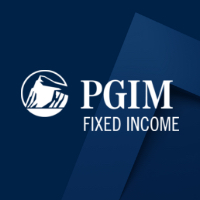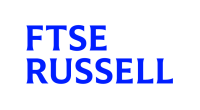The 'Derivative Instruments' section of the site captures the latest articles, white papers, thought leadership, and commentary on derivative instruments used by asset managers, such as futures, CFDs, forwards, options and securitized products.
As derivatives are used primarily by institutional market participants, research will encompass both the practical and theoretical applications of derivatives within portfolio asset allocation. Subjects covered will include alpha strategies using derivatives, using options for downside risk protection, using derivatives to facilitate optimal portfolio construction, and using futures for currency hedging. Although not specifically derivatives-related, some academic investment research on risk parity strategies and factor investing may also be included in this section....
.
Derivative insturments provide fund managers with the ability to control risk exposures; either increasing risk or reducing it. This includes leveraged products, known as ‘contingent liability instruments’, which allow an investor to control a position several times larger than their initial deposit, or ‘margin’, allowing for the offsetting of risk at a relatively low cost. Futures, CFDs, or forward contracts are the most widely used instruments of this type.
Most derivative instruments are exchange-traded. The S&P 500 stock index futures are arguably the most recognised derivative instruments among institutional asset managers and trades on the largest derivatives exchange in the world: the Chicago Mercantile Exchange. Since the U.S. dollar acts as the global reserve currency, most exchange-based derivatives trade takes place for USD settlement. However, a significant part of the total value now takes place ‘off-exchange’, with financial institutions opting to deal with one another directly ‘over the counter’ (OTC) in non-USD denominations.
According to the Bank for International Settlements (BIS), the size of the global OTC derivatives market, by gross market value, is estimated to be $12 trillion. Due to the potential systemic risk associated with this market, regulatory bodies are increasingly focused on driving derivatives trading towards exchanges where regulation is more stringent.
Derivative Instruments pertain to:
- Options (Futures, CFDs, SWAPS, forwards, OTCs, FX)
- Risk management (leverage, equity beta, market timing, risk factor exposure, transition risk), collateral management, margin management
- Pricing, volatility, hedging, rebalancing, risk parity
- Central clearing, counterparty risk, systemic risk
- Black-Scholes, Black-Litterman
Derivative usage with reference to the Black Scholes option pricing model may also be found within this topic. Derivative counterparty risks are featured in Value at Risk analysis (VaR) and have an impact on margin requirements in a post-IBOR world. White papers on shorting volatility using VIX futures are also featured.
















